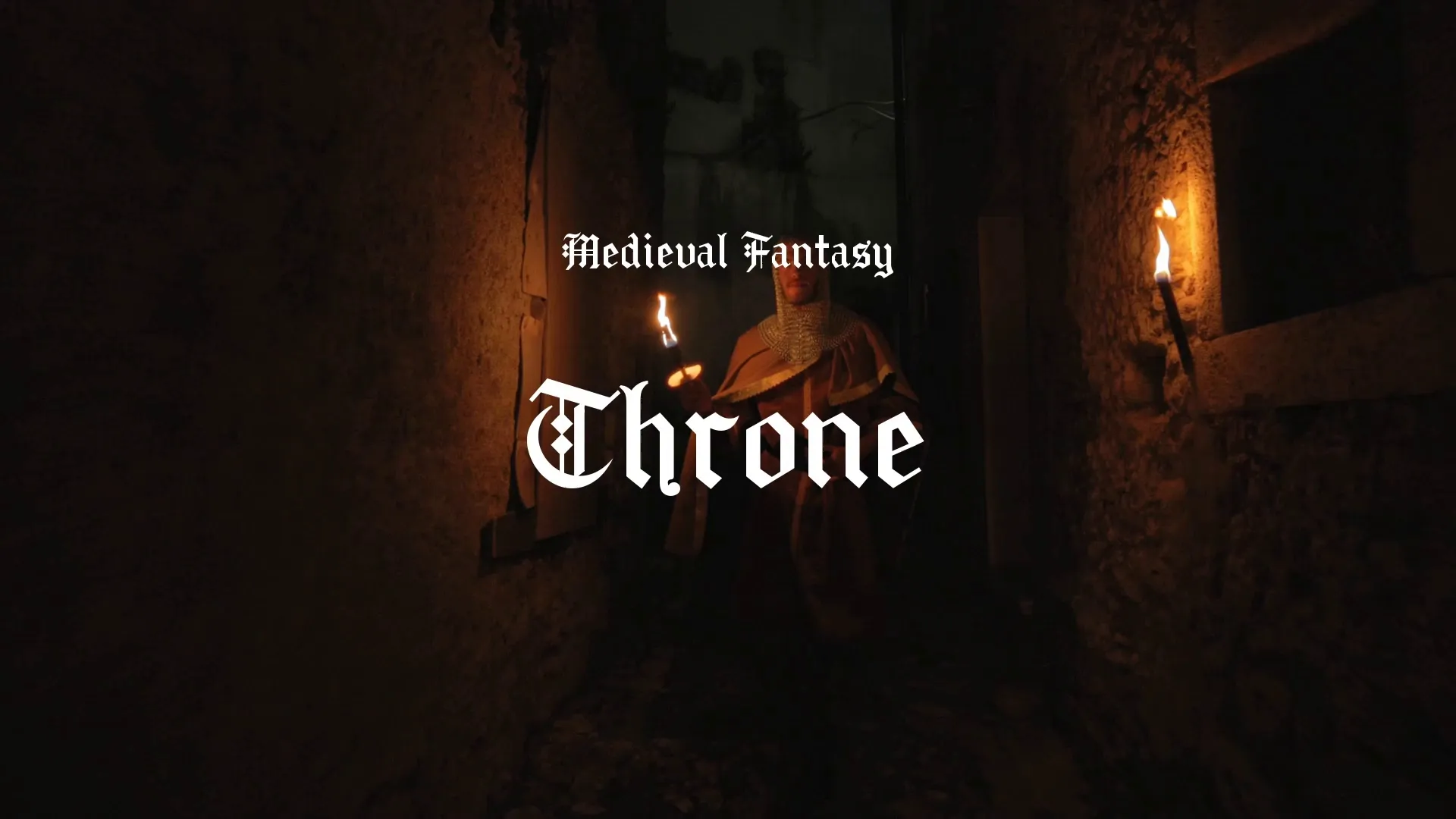Game Dev Speedrun: Fast Prototyping & Iteration with AI Tools
Game development demands speed. Rapid prototyping and iteration are not luxuries; they are essential for validating ideas and refining mechanics quickly. This approach minimizes wasted effort and maximizes creative output, especially for indie developers.
The Need for Speed: Why Rapid Prototyping Matters
Starting game development can feel overwhelming, but fast prototyping breaks down the initial barrier. It allows you to test core gameplay loops and creative game mechanics without committing to full production. This iterative process ensures your game concept is sound before significant resources are invested.
Early validation saves countless hours in the long run. Identifying flawed mechanics or unengaging gameplay in the prototype phase is far less costly than discovering them after months of development.
AI Tools for Game Ideation and Concept Art
AI is transforming game concept generation. Tools can instantly generate diverse ideas, providing a springboard for unique gameplay. This significantly shortens the initial brainstorming phase.
Platforms like Wayline’s Ignite can produce endless game ideas, helping you overcome creative blocks and explore new genres. This accelerates the initial conceptualization, moving you from a blank slate to a rich idea pool in minutes.
Concept art generation is another area where AI excels. Instead of spending hours sketching or hiring artists for early visuals, AI can generate concept art quickly. This provides immediate visual feedback for your game’s aesthetic.
Wayline’s Canvas allows you to generate concept art with AI, helping you visualize your game world and characters rapidly. This visual fidelity helps in communicating your vision and making early design decisions.
Game Design Process Steps for Fast Prototyping
The game design process steps for rapid prototyping are distinct. Focus on defining the absolute core mechanic first, then build around it. This prevents feature creep at the earliest stages.
Begin with a clear, concise design document, even if it’s just a few bullet points. Wayline’s Blueprint can help you build professional Game Design Documents in minutes, ensuring clarity from the outset.
Next, identify the minimum viable product (MVP) for your prototype. What is the smallest, playable version that demonstrates your core idea? This focus keeps your scope manageable.
Build the prototype using simple assets and placeholder art. The goal is functionality and feel, not polish. Don’t get bogged down in details that will change.
Fast Prototyping Frameworks and Techniques
Utilize game jam prototyping techniques even outside of formal jams. Timeboxing your development sessions forces efficiency and prevents overthinking. This strict time limit encourages decisive action.
Focus on modularity in your code and assets. This allows for quick swapping and iteration without breaking the entire project. Reusability is key for speed.
Create a free account, or log in.
Gain access to free articles, game development tools, and game assets.




.webp)





.webp)












